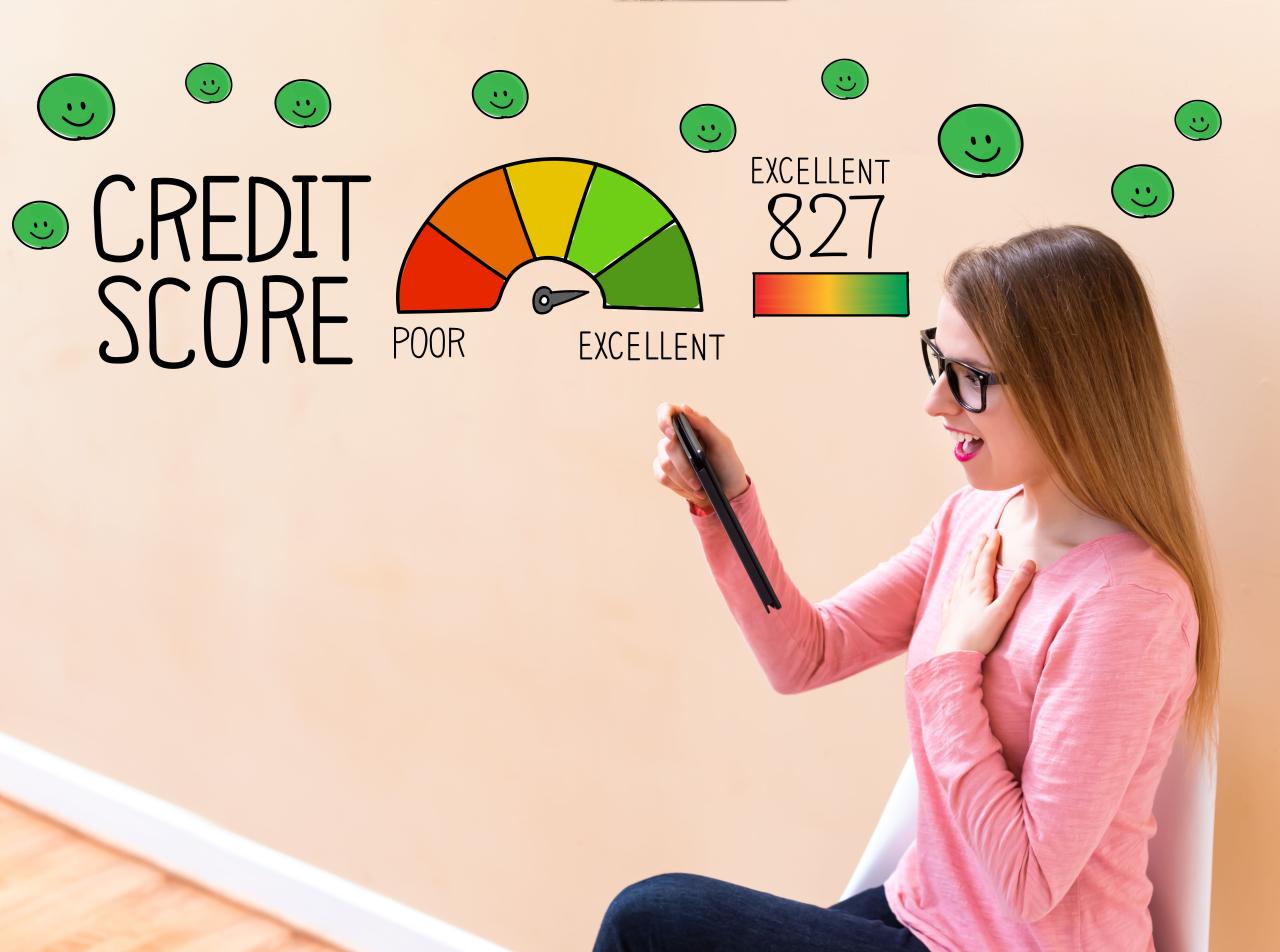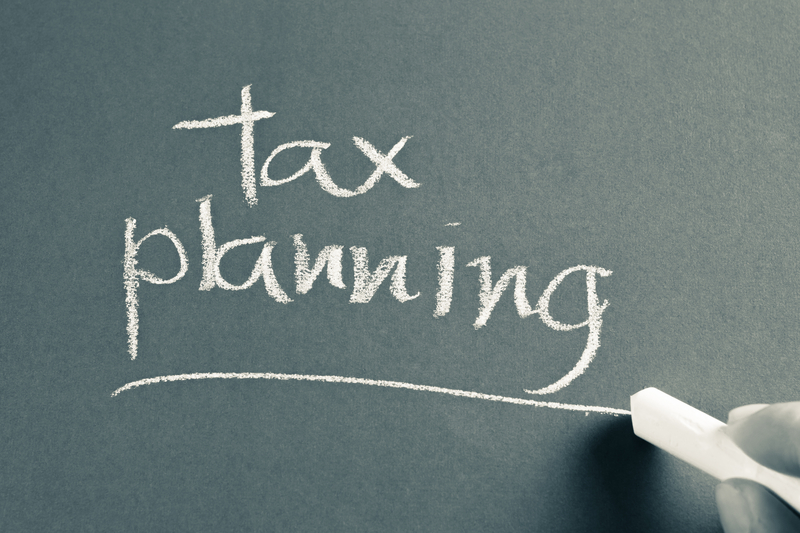The Power of Compounding

The adage “time is money” holds immense truth in the realm of retirement planning. The primary reason why starting early is so crucial lies in the unparalleled power of compound interest.
A. Understanding Compound Interest
Often hailed as the “eighth wonder of the world,” compound interest is the process where the interest you earn on your initial investment (principal) also begins to earn interest itself. It’s interest on interest, leading to exponential growth over time.
A. Snowball Effect: Imagine a snowball rolling down a hill. It starts small, but as it gathers more snow, it grows larger and faster. Your investments behave similarly. Early contributions act as the core, attracting more “snow” (interest and earnings) with each passing year.
B. Time is Your Greatest Asset: The longer your money has to compound, the more significant the impact. Even small, consistent contributions made early in your career can far outweigh much larger contributions made later on. This is because the early money has more time to “work for you.”
C. Illustrative Example: Consider two individuals, Amy and Ben, both aiming for retirement at age 65.
A. Amy: Starts saving at age 25, contributing $300 per month for 10 years (total $36,000). She then stops contributing but leaves the money invested.
B. Ben: Starts saving at age 35, contributing $300 per month for 30 years (total $108,000).
Assuming an average annual return of 7%, Amy, who contributed for fewer years but started earlier, could end up with significantly more money than Ben, who contributed for longer but started later. This highlights that the duration of investment outstrips the total amount contributed in the long run, thanks to compounding.
B. Less Stress and Greater Flexibility
Starting early alleviates immense pressure later in life.
A. Smaller Monthly Contributions: Because you have a longer time horizon, you don’t need to save as much each month to reach your goals. This makes saving less burdensome on your current budget.
B. Resilience to Market Fluctuations: An early start provides a longer recovery period from market downturns. If the market dips, you have decades for your investments to rebound, whereas a late starter might panic-sell or face significant losses closer to retirement.
C. More Options Later: An ample retirement fund offers flexibility. You might be able to retire earlier than planned, pursue a passion project, or handle unexpected expenses without financial strain.
C. Leveraging Tax Advantages
Many retirement accounts offer significant tax benefits, which are maximized with an early start.
A. Tax-Deferred Growth: Accounts like traditional 401(k)s and IRAs allow your investments to grow without being taxed until withdrawal in retirement. This means more of your money is compounding, rather than being chipped away by annual taxes.
B. Tax-Free Growth (Roth Accounts): Roth 401(k)s and Roth IRAs allow you to contribute after-tax money, but all qualified withdrawals in retirement are tax-free. If you expect to be in a higher tax bracket in retirement, a Roth account is incredibly powerful. The earlier you contribute, the more tax-free growth you accumulate.
C. Tax Deductions/Credits: Contributions to traditional retirement accounts can often be tax-deductible, reducing your current taxable income.
Foundational Steps for Early Retirement Planning
Embarking on your retirement journey requires a structured approach.
A. Define Your Retirement Vision
What does retirement look like for you? This vision will inform your financial goals.
A. Desired Lifestyle: Do you envision traveling the world, pursuing hobbies, volunteering, or simply enjoying a quiet life at home?
B. Location: Will you stay in your current home, downsize, or relocate to a different city or country?
C. Activities: What activities will fill your time? Consider the costs associated with these activities.
D. Healthcare: Factor in potential healthcare costs, which often increase significantly in retirement.
B. Estimate Your Retirement Expenses
This is a critical step often overlooked. Don’t assume your expenses will magically disappear in retirement.
A. Current Expenses Baseline: Start with your current annual expenses.
B. Adjust for Retirement:
A. Decreases: Some expenses might decrease (e.g., commuting costs, work-related clothing, mortgage if paid off).
B. Increases: Other expenses might increase (e.g., healthcare, travel, hobbies, discretionary spending due to more free time).
C. Inflation: Factor in inflation. A dollar today will have less purchasing power in 20, 30, or 40 years. Use an inflation calculator to project future costs.
D. The 80% Rule of Thumb: A common guideline is to aim for 70-80% of your pre-retirement income to maintain your lifestyle. However, this is just a starting point; a detailed expense projection is better.
C. Calculate Your Retirement Savings Goal
Once you have an estimated annual retirement expense, you can work backward to determine your total savings target.
A. The 4% Rule: A widely cited guideline suggests that if you can safely withdraw 4% of your portfolio each year (adjusting for inflation), your money should last for at least 30 years. This implies you need a nest egg 25 times your annual retirement expenses (e.g., if you need $50,000/year, you’d need $1.25 million).
B. Personalized Calculation: Use online retirement calculators that factor in your current age, desired retirement age, current savings, expected returns, and estimated expenses to get a personalized savings target.
D. Prioritize Debt Elimination (Especially High-Interest Debt)
Before aggressively saving, tackle high-interest debt.
A. Credit Card Debt: The high interest rates on credit cards (often 15-25%+) can quickly negate any investment returns. Prioritize paying these off.
B. Personal Loans: Similar to credit cards, high-interest personal loans should be addressed promptly.
C. Student Loans/Mortgage (Optional): While student loans and mortgages are often considered “good debt,” paying them off before retirement can significantly reduce your fixed expenses in your golden years, offering greater financial flexibility.
E. Build an Emergency Fund
A robust emergency fund (3-6 months of living expenses in a liquid, accessible account) is non-negotiable. It prevents you from derailing your retirement savings by having to withdraw from investments or incur new debt during unexpected financial shocks.
Smart Strategies for Early Retirement Savers

Once the foundation is set, implement these strategies to maximize your savings.
A. Automate Your Savings
Make saving for retirement effortless and consistent.
A. Direct Deposit: Set up a portion of your paycheck to be directly deposited into your retirement accounts before it even hits your checking account. “Out of sight, out of mind” is a powerful psychological tool.
B. Automatic Transfers: Schedule regular, recurring transfers from your checking to your investment accounts.
C. Increase Contributions Annually: Commit to increasing your contribution rate by at least 1% each year, or whenever you get a raise. You’ll barely notice the difference, but it will significantly boost your retirement fund over time.
B. Maximize Tax-Advantaged Retirement Accounts
These are the most powerful vehicles for retirement savings due to their tax benefits.
A. Employer-Sponsored Plans (401(k), 403(b), TSP):
A. Employer Match: Always contribute at least enough to get the full employer match – this is essentially free money and an immediate 50% or 100% return on your contribution. Not taking the match is leaving money on the table.
B. Contribution Limits: Be aware of annual contribution limits and aim to maximize them if possible.
C. Investment Options: Understand the investment options offered within your plan (e.g., target-date funds, index funds, specific company stocks).
B. Individual Retirement Accounts (IRAs):
A. Traditional IRA: Contributions may be tax-deductible (depending on income and if you have an employer plan), and earnings grow tax-deferred. You pay taxes upon withdrawal in retirement.
B. Roth IRA: Contributions are made with after-tax money, but qualified withdrawals in retirement are entirely tax-free. Ideal if you expect to be in a higher tax bracket in retirement or want tax-free income in your golden years.
C. Backdoor Roth IRA: For high-income earners who exceed Roth IRA income limits, a “backdoor Roth” strategy can allow them to contribute. (Consult a financial advisor).
C. Health Savings Accounts (HSAs): If eligible (with a high-deductible health plan), HSAs offer a powerful “triple tax advantage”:
A. Tax-deductible contributions.
B. Tax-free growth.
C. Tax-free withdrawals for qualified medical expenses.
They can effectively act as an additional retirement savings vehicle, especially for healthcare costs in retirement.
C. Embrace Low-Cost Diversified Investments
The types of investments you choose within your retirement accounts are crucial.
A. Index Funds and ETFs: These are typically recommended for long-term investors.
A. Diversification: Provide instant diversification across hundreds or thousands of stocks or bonds, reducing risk compared to individual stocks.
B. Low Fees (Expense Ratios): Have significantly lower expense ratios than actively managed mutual funds, meaning more of your money goes towards growth and less towards fees. Over decades, high fees can erode a substantial portion of your returns.
C. Simplicity: They track a market index (like the S&P 500) and require minimal active management from your side.
B. Target-Date Funds: A “set it and forget it” option for many. These funds automatically adjust their asset allocation (becoming more conservative) as you get closer to your target retirement date.
C. Asset Allocation: Understand the importance of asset allocation (the mix of stocks, bonds, and cash in your portfolio). Younger investors with a long time horizon can generally afford to be more aggressive (higher stock allocation), while those closer to retirement might shift towards a more conservative approach (higher bond allocation).
D. Increase Your Income and Save the Difference
Every increase in income is an opportunity to boost your savings rate.
A. Salary Raises/Bonuses: When you get a raise or bonus, resist lifestyle creep. Instead of spending it all, commit to saving at least 50% (or more) of the additional income.
B. Side Hustles: Explore opportunities for extra income outside your primary job. Even a few hundred dollars extra each month can significantly accelerate your retirement savings.
C. Sell Unused Items: Declutter your home and sell items you no longer need. This generates cash that can be immediately directed towards your retirement fund.
Overcoming Challenges and Misconceptions
Despite the benefits, common challenges and myths can hinder effective retirement planning.
A. The Myth of “Too Early”
Many young people believe they are “too early” to start retirement planning, focusing instead on immediate gratification or short-term goals. This is a critical mistake. As demonstrated by the power of compounding, every year delayed has a disproportionate negative impact on future wealth. The best time to start was yesterday; the second best time is today.
B. Overcoming Analysis Paralysis
The sheer volume of information and investment options can be overwhelming, leading to inaction.
A. Start Simple: Don’t let perfection be the enemy of good. Start by contributing to your employer’s 401(k) (especially if there’s a match) or a low-cost target-date fund. You can refine your strategy later.
B. Seek Guidance: If overwhelmed, consult a fee-only financial advisor who can help you create a personalized plan.
C. The “Later I’ll Catch Up” Fallacy
Believing you can make up for lost time by saving more later is a dangerous assumption. While it’s possible to contribute larger sums later in life, you lose out on decades of powerful compound growth, making it much harder and more stressful to reach your goals. The amount you’d need to save monthly to catch up becomes astronomically high.
D. Prioritizing Short-Term Wants Over Long-Term Needs
The allure of immediate consumption often outweighs the abstract benefit of future financial security.
A. Delayed Gratification: Practice delayed gratification. Understand that a small sacrifice today can lead to immense future rewards.
B. Visualize Your Future Self: Constantly remind yourself of your retirement vision to stay motivated and make conscious choices about your spending.
E. Fear of Investing and Market Volatility
Market fluctuations can be intimidating, especially for new investors.
A. Long-Term Perspective: Remember that retirement investing is a long-term game. Short-term market downturns are normal and often present buying opportunities.
B. Diversification: Diversify your investments across different asset classes to mitigate risk.
C. Dollar-Cost Averaging: Invest a fixed amount regularly, regardless of market highs or lows. This strategy smooths out your average purchase price over time and reduces the risk of timing the market incorrectly.
F. Underestimating Healthcare Costs in Retirement
Healthcare is often one of the largest and most unpredictable expenses in retirement.
A. HSAs: If eligible, maximize contributions to a Health Savings Account (HSA) as a tax-advantaged way to save for medical expenses.
B. Long-Term Care Insurance: Consider whether long-term care insurance is appropriate for your situation.
C. Medicare/Social Security: Understand how government programs will factor into your healthcare coverage.
Advanced Strategies and Long-Term Considerations
As you progress in your retirement planning, consider these more sophisticated strategies.
A. Roth Conversion Ladder
For those aiming for early retirement before traditional retirement age, a Roth conversion ladder can provide access to retirement funds without penalties. This involves converting traditional IRA funds to a Roth IRA, then waiting five years to withdraw the converted principal tax-free and penalty-free. (Requires careful planning and tax consultation).
B. Financial Independence, Retire Early (FIRE) Movement
The FIRE movement is gaining traction, advocating for aggressive savings rates (often 50-70% of income) to achieve financial independence and early retirement far sooner than traditional ages. While extreme, it offers valuable principles:
A. Aggressive Savings: Highlights the power of significantly increasing your savings rate.
B. Extreme Frugality: Demonstrates how cutting expenses can free up massive amounts of capital for investment.
C. Focus on Financial Independence: Shifts the goal from simply “retirement” to “financial independence,” where work becomes optional.
C. Estate Planning
As your net worth grows, estate planning becomes crucial.
A. Will and Trusts: Establish a will to dictate how your assets will be distributed. Consider trusts for specific purposes (e.g., providing for minor children, charitable giving).
B. Beneficiary Designations: Ensure all your retirement accounts and insurance policies have up-to-date beneficiary designations. These supersede your will.
C. Power of Attorney: Appoint trusted individuals for financial and healthcare powers of attorney in case you become incapacitated.
D. Regular Portfolio Rebalancing
Periodically (e.g., annually), review and rebalance your investment portfolio.
A. Maintain Asset Allocation: Over time, some assets will outperform others, throwing off your desired asset allocation. Rebalancing involves selling some of the overperforming assets and buying more of the underperforming ones to bring your portfolio back to your target mix.
B. Risk Management: This helps maintain your desired risk level and ensures you’re not overly concentrated in any one asset class.
E. Consult a Financial Advisor
While self-managing your retirement can be effective, seeking professional guidance can be invaluable, especially for complex situations.
A. Fee-Only Advisor: Consider a fee-only fiduciary advisor who is legally bound to act in your best interest and is compensated directly by you, not by commissions from products they sell.
B. Personalized Plan: An advisor can help create a personalized retirement plan, navigate complex tax situations, and offer objective advice.
Conclusion
Retirement planning is not a luxury but a fundamental component of a secure and fulfilling life. The profound benefits of starting early – primarily driven by the magic of compound interest – cannot be overstated. By understanding your goals, estimating your needs, maximizing tax-advantaged accounts, embracing low-cost diversified investments, and diligently automating your contributions, you empower your future self. While the journey may present challenges, armed with knowledge and discipline, you can navigate the complexities and build a robust financial fortress for your golden years. Don’t wait; the best time to begin securing your retirement is right now. Your future self will thank you for the foresight and effort you invest today.













